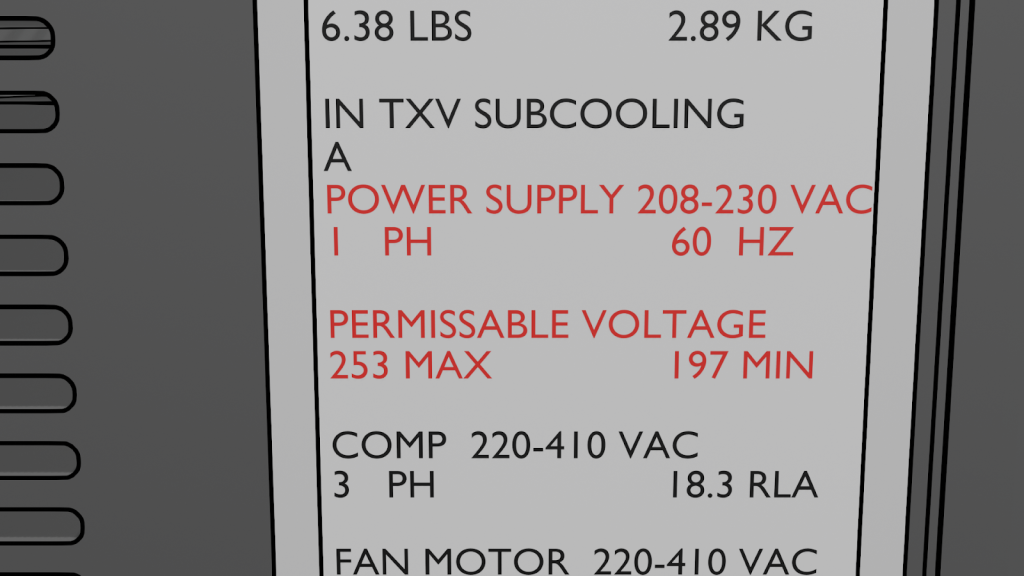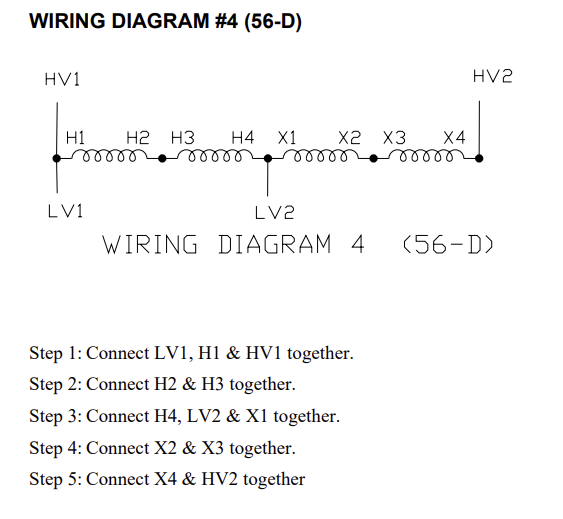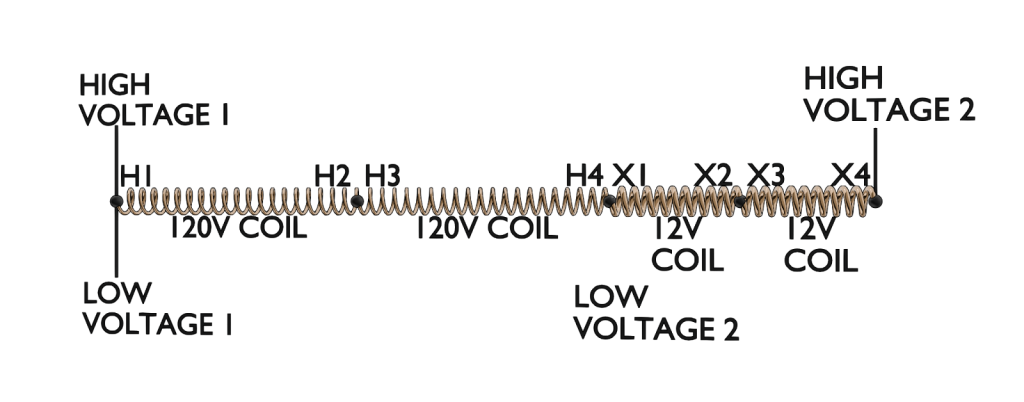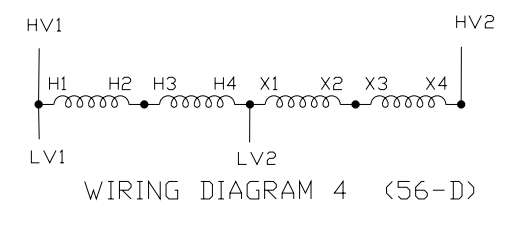Get Tech Tips
Subscribe to free tech tips.
Buck-Boost Transformers
HVAC systems often fail early or don't perform well due to inconsistent power. While technicians can't control a home's main power supply, they can stabilize it at the system using buck-boost transformers. These devices adjust voltage up or down to meet the equipment’s needs. As HVAC systems become more advanced, understanding buck-boost transformers will be an increasingly valuable tool for technicians.
What Are Buck and Boost Transformers?
Unlike typical transformers that simply increase or decrease voltage, buck-boost transformers fine-tune it. For example, they can add or subtract 5–20% of voltage (depending on the model) to an HVAC unit.
- Buck Transformer: Lowers voltage when the incoming power is too high.
- Boost Transformer: Increases voltage when the incoming power is too low.
These transformers make small adjustments (under 30% difference) to ensure that the equipment runs optimally.

Why Is Stable Voltage Important for HVAC?
Modern HVAC systems, especially those with inverter-driven compressors, are very sensitive to voltage fluctuations. Problems often arise from consistently high or low voltage, not just sudden surges.
Overvoltage conditions can damage insulation, overheat components, and cause sensitive electronic boards to fail. On the other hand, undervoltage can cause motors and compressors to slip excessively or draw more current in inverter-driven models, and you may notice overheating, difficulty starting, and reduced performance.
“Dirty Power” refers to irregularities in the electrical supply. It can cause communication errors and wear down electronic parts over time. While buck-boost transformers primarily regulate consistent high or low voltage, addressing issues with “dirty power” can indirectly improve system reliability and lifespan. However, buck-boost transformers are NOT designed to filter out transient voltage disturbances (like spikes or sags) or harmonic distortion, which are also forms of “dirty power” and may require other solutions like surge suppressors or power conditioners.
How Do They Work?
A buck-boost transformer typically has four separate windings, allowing it to function as a conventional isolation transformer (where primary and secondary windings are electrically separate). When used for voltage correction, they are more commonly wired as an autotransformer, where primary and secondary windings are electrically connected. When connected as an autotransformer, it can either “buck” (decrease) or “boost” (increase) the supply voltage.
Autotransformers are more economical and smaller than regular transformers that do the same job. However, they do not isolate circuits, meaning they can pass along power line noise and transients more readily. Always check local building codes before using them, as they might be prohibited in some areas.
Important Note: A buck-boost transformer will NOT stabilize a rapidly fluctuating voltage. It only corrects a consistently high or low voltage.
Understanding the Secondary Voltage Winding
Many buck-boost transformers you encounter will be rated at 1 kilovolt-ampere (KVA), a measure of their power capacity, and can connect to 120V or 240V power lines. What makes them different, and why it matters to you, is their secondary voltage windings. This part determines how much they can adjust the voltage:
- 12/24V Secondary: This type of transformer can be wired to add or subtract 12V or 24V from the main power line.
- 16/32V Secondary: This type can add or subtract 16V or 32V from the main power line.
You'll choose the right one based on exactly how much voltage correction is needed. For example, if you need to boost a 208V supply closer to 230V, a transformer with a 16V or 32V secondary might be a better fit than one with 12V or 24V, depending on how you wire it up.
When to Use a Buck-Boost Transformer:
- Check the HVAC Unit's Nameplate: Find the unit's ideal operating voltage, its acceptable voltage range, and its maximum amperage (or KVA rating).
- Measure Incoming Voltage: Use a multimeter to check the voltage where the HVAC unit connects to power. Take multiple readings throughout the day, or use a data logger for 24–48 hours, as voltage can change. Always follow safety procedures, including lockout/tagout (LOTO).
- Compare: If the measured voltage consistently falls outside the unit's acceptable range, a buck or boost transformer is needed.

Example: Lowering Overvoltage
Imagine having an HVAC unit that needs 230V but is consistently receiving 255V. Its maximum allowed voltage is 253V. You need a buck transformer.
First, we need to determine the voltage change we need. In an overvoltage situation, we must subtract the needed voltage from the voltage received:
255V − 230V = 25V drop
Then, we must calculate the transformer size in KVA. We can take the unit’s maximum amperage, multiply it by the voltage we need to step down, and divide that product by 1000. For the sake of our example, let’s say that the unit’s maximum amperage is 40 amps.
(25V × 40A) / 1000 = 1.0KVA
This calculated KVA represents the portion of the load that the transformer windings themselves must process. Due to the autotransformer connection, the actual load KVA that the buck-boost transformer can support is typically much higher than its nameplate KVA.
Finally, you select your transformer and wire it up. In our case, we’d choose a buck-boost transformer rated for a 25V drop and at least 1.0 KVA and then follow the manufacturer's wiring diagram.
Example Manufacturer's Table

As you can see, our selection gets us very close to the 25V drop needed, along with the 1 KVA transformed capacity. The table instructs us to reference diagram 4 for wiring.

Breakdown of the Coils
As you can see from this very simplistic breakdown, the buck-boost transformer, when configured as an autotransformer, has four individual coil connections that can be wired in different configurations to achieve different voltages.

Another Look
As you can see in this overly simplified illustration, one line of input voltage passes through unchanged, while the second line experiences a reduction in voltage as it passes through the secondary coils.

There are many different wiring configurations, but to show an example of what it would look like field-wired, here is the arrangement from the diagram above. Do NOT assume that this is the wiring configuration that would work for your situation. You must refer to the manufacturer's manual.


In summary, buck-boost transformers are becoming essential for HVAC technicians. By understanding them, diagnosing voltage issues, and installing them correctly, you can greatly improve the performance and lifespan of HVAC systems.
—JD Kelly











Comments
To leave a comment, you need to log in.
Log In